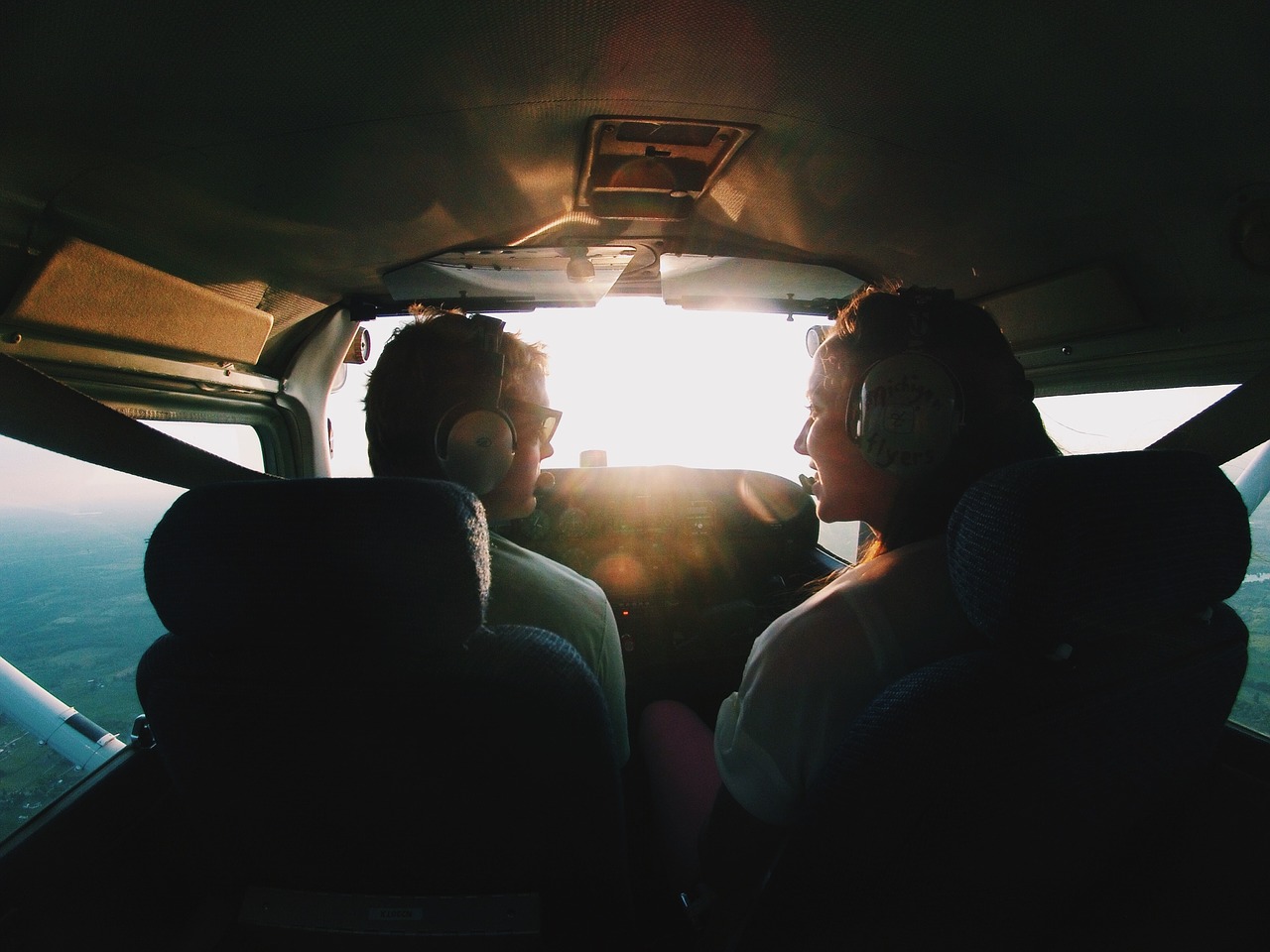Sport Pilot Licenses are Popular But Risky
By on Nov 27th 2017
Learning to Fly
For those who have always believed they could fly, getting a pilot's license doesn't have to be a pipe dream. There are different levels of pilot licenses depending on what types of aircraft you want to fly, whether it's a hobby or a job, your level of training, and, frankly, your skills.
Commercial pilots licenses require the most training, for obvious reasons. Anyone flying an Airbus A380 with 500 passengers should have the experience and skill set to fly a double-deck, wide-body, four-engine jet airliner with 500+ passengers. If you do want to pursue a path to becoming a commercial airline pilot (which is great!), you can expect a highly time-consuming process. If you're interested, you can learn a little bit more about the process here.
Not everyone has the time, finances, or desire to pilot international airliners. In fact, most people don't (which makes those that are just a little bit more awesome). The tier of pilot licensing below commercial is the private pilot's license.
Earning a private pilot's license doesn't take nearly as much time or training (or money) as earning a commercial license. Whereas a co-pilot needs to fulfill 1,500 hours to hold an Airline Transport Pilot (ATP) certificate (plus an additional 1,000 flight hours as a co-pilot before he or she can serve as captain), a private certificate generally takes 60+ hours of flying time (on top of additional testing and training, of course). For many, a private pilot's license is a much more feasible way to make a living off of flying.

But what if you don't care about flying as a job?
If you're only into the recreational aspects of aviation, there's a lower tier: the sport pilot license.
Flying for Sport
Compared to the previous licenses mentioned, a sport pilot license only requires a minimum of 20 hours flight time (plus passing a test). This includes 15 hours of training with an authorized instructor and 5 hours of solo flying. When you compare it to the thousands of hours an average commercial pilot has to log to even co-pilot a jet airliner, twenty is next to nothing. Is it any wonder why the popularity of sport licenses and recreational planes are increasing?
Small aircraft are also becoming increasingly popular amount aviation enthusiasts because they are cheaper to fly than traditional private planes. These light-sport aircraft, certified by the Federal Aviation Administration, don't require the training (a cost) nor operational expense as other types of aircraft. Even the aircraft themselves are significantly cheaper, costing hundreds of thousands of dollars less than private aircraft.
However, while these light-sport aircraft are designed for recreation, they are not without their dangers.
Risks and Limitations
On November 7, baseball star Roy Halladay fatally crashed his Icon A5 aircraft in the Gulf of Mexico. While the National Transportation Safety Board is still investigating the crash, there is evidence that suggests Halladay was flying low.
Low altitude flying is one of the benefits of the Icon A5-however, as Icon acknowledges, the FAA requires but little training to prepare for low-altitude flying. While light-sport aircraft and experimental aircraft tend to fly low (a sports pilot cannot exceed 10,000 feet MSL or 2,000 feet Afl), that gives the pilot less room for error if there is a problem or if the plane malfunctions.
Sport-pilots are also not allowed to fly at night, in class A airspace, carry more than one passenger, or fly for compensation or for hire, among other limitations.
For those in the industry, it's worrisome putting inexperienced individuals in -an unforgiving machine- in an -unforgiving environment.-
As always, we emphasize safety when it comes to operating any kind of machine-but especially an aircraft. Getting a sport pilot license will probably be the best decision of your life. But remember: there's no need for unnecessary risks!
Sources:
https://www.usatoday.com/story/news/2017/11/09/sma...
https://www.flyingmag.com/training/learn-fly/sport...
https://www.aopa.org/advocacy/advocacy-briefs/freq...







